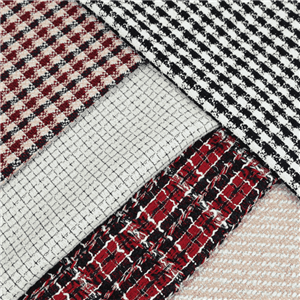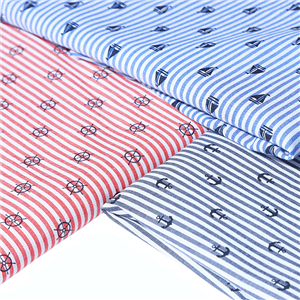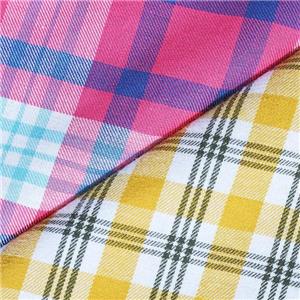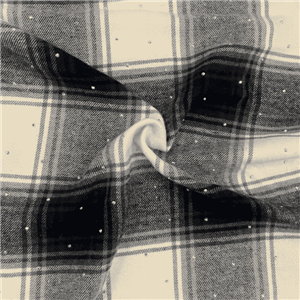What Makes Flannel Different from Cotton?
Flannel and cotton are two of the most popular fabrics in apparel, home textiles, and lifestyle products. While they may seem similar at first glance—especially when we talk about cotton flannel fabric—their production processes, feel, performance, and best-use scenarios are notably different. This article explores what truly sets flannel fabric apart from plain cotton, covering its unique texture, weaving process, warmth, and comfort advantages. We'll also address key user FAQs, provide comparison tables, and discuss recent trends like custom flannel fabric production for fashion and home décor. Whether you’re considering 100 cotton flannel fabric for cozy winter bedding or lightweight cotton for summer wear, you’ll find the answers here.
Introduction
Few textiles enjoy as much universal appeal as cotton and flannel fabric. From cozy winter blankets to breathable summer shirts, these materials have been woven into cultures worldwide for centuries. While cotton remains a versatile, all-season choice, flannel material has carved out its reputation as the go-to for warmth and softness during colder months. The question for many shoppers, designers, and manufacturers is: What makes flannel different from cotton?
Understanding these differences is not just a matter of touch—it involves the origins of the fibers, the weaving and finishing processes, and how each fabric performs in real-life applications. With the growing demand for sustainable textiles and customizable solutions like custom flannel fabric, making the right choice has never been more relevant.
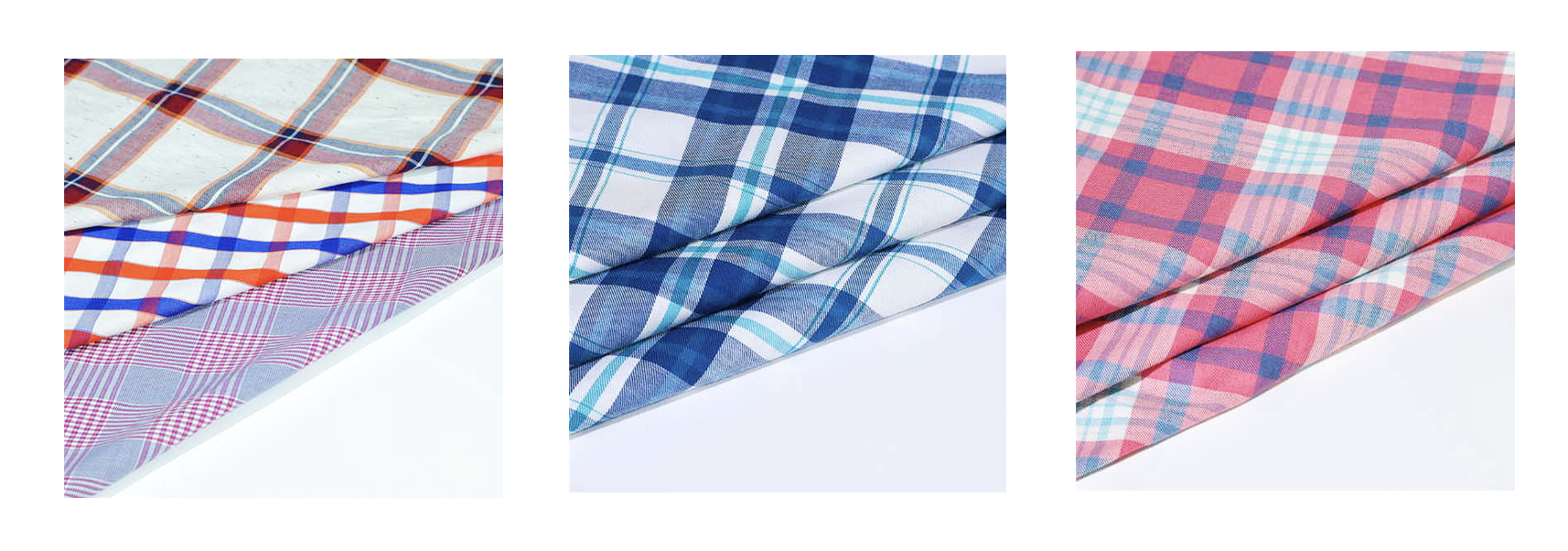
Understanding Flannel and Cotton Fabric
What is Flannel?
Flannel fabric is a soft, warm textile traditionally made from wool but now commonly produced from cotton, synthetic fibers, or blends. Its hallmark is the brushing process, where the surface fibers are gently raised, creating a fuzzy texture that traps air for insulation. Flannel can be woven in plain or twill weaves, but its texture is what defines it.
Key characteristics of flannel:
Material Sources: Cotton, wool, polyester, or blends.
Weaving Style: Plain or twill weave, followed by brushing.
Texture: Napped surface (one or both sides) for softness.
Common Uses: Winter shirts, snuggle flannel fabric for baby blankets, pajamas, and bedding.
Modern innovations have introduced custom flannel fabric production for branded apparel, home décor, and limited-edition designs. These allow businesses to select specific weights, patterns, and finishes, making flannel a flexible option beyond its traditional check patterns.
What is Cotton?
Cotton is a natural fiber harvested from the cotton plant’s seed hairs. Unlike flannel material, cotton fabric can range from lightweight voile to heavyweight canvas, depending on the weave and finishing process.
Key characteristics of cotton:
Material Source: 100% natural plant fiber.
Weaving Style: Wide range, including plain weave, twill, satin, and specialty weaves.
Texture: Smooth to the touch unless textured by additional treatments.
Common Uses: T-shirts, sheets, summer dresses, industrial textiles.
Cotton fabrics are prized for their breathability, moisture absorption, and year-round usability. While flannel can be made from cotton, not all cotton is flannel—a distinction that forms the crux of their difference.
Production Process Differences – Flannel vs Cotton
| Feature | Flannel Fabric | Cotton Fabric (General) |
|---|---|---|
| Fiber Content | Cotton, wool, blends, synthetics | 100% cotton |
| Weaving | Plain or twill weave | Multiple weaves (plain, twill, satin, etc.) |
| Finishing | Brushed/napped to raise fibers | Usually smooth finish; may be calendered or mercerized |
| Texture | Soft, fuzzy, warm | Smooth, crisp, or textured depending on weave |
| Weight | Medium to heavy | Light to heavy |
| Insulation | High due to trapped air | Moderate, depends on thickness |
The brushing process in cotton flannel fabric production is the primary differentiator. This technique not only alters the hand feel but also changes thermal performance, making flannel especially suitable for colder climates.
Performance Comparison – Advantages & Limitations
Warmth & Insulation
Flannel fabric: Exceptional warmth due to air-trapping nap; ideal for winter bedding and clothing.
Cotton fabric: Provides comfort in mild to warm conditions; insulation depends on weight.
Breathability
Cotton excels in moisture absorption and breathability, making it ideal for summer wear.
Flannel is breathable but retains more warmth, which may feel too hot in warm climates.
Softness & Comfort
Snuggle flannel fabric is prized for its baby-soft feel, achieved through double-sided brushing.
Standard cotton can be soft but often feels crisper unless treated or washed repeatedly.
Durability
100 cotton flannel fabric is durable but may pill over time if not cared for properly.
Cotton fabrics vary in durability depending on weave and fiber quality.
Weight
Flannel tends to be heavier due to its nap and density.
Cotton can range from ultra-light (voile) to heavy-duty (denim).
Cost
Basic cotton fabrics are generally more affordable.
High-quality custom flannel fabric or 100 cotton flannel fabric may cost more due to additional processing.
Care & Maintenance (FAQs)
Is flannel easy to clean?
Yes. Most cotton flannel fabric items are machine washable. Use cold or warm water to prevent shrinkage, and avoid high-heat drying to maintain softness.
Does flannel wrinkle easily?
Flannel resists wrinkles better than plain cotton because of its thicker weave and napped surface, though it may require light ironing for a crisp look.
How to prevent pilling in flannel?
Wash inside out.
Use a gentle cycle and mild detergent.
Avoid fabric softeners that may encourage fiber breakdown.
Washing tips for both fabrics
Cotton: Warm wash, tumble dry low, iron while damp for smoothness.
Flannel: Cold wash, tumble dry low, minimal ironing needed.
Best Uses for Each Fabric
Flannel Fabric:
Winter pajamas
Warm shirts and overshirts
Baby blankets (snuggle flannel fabric)
Winter bed sheets and duvet covers
Cotton Fabric:
Summer clothing (T-shirts, dresses)
Lightweight bed sheets
Casual wear and workwear
All-season home décor
Conclusion & Buying Advice
In summary, the main difference between flannel fabric and standard cotton is in the finishing process and thermal properties. Flannel, especially 100 cotton flannel fabric, offers unmatched warmth and coziness for colder months, while cotton provides breathability and versatility for all-year use. For those seeking personalized solutions, custom flannel fabric options make it possible to design textiles that meet specific branding, color, and performance needs.
If you’re in the market for premium flannel or cotton fabrics for apparel, bedding, or home décor, Honry Fabric offers a diverse range of high-quality textiles, including sustainable and custom flannel fabric solutions. Visit our homepage to explore our collections:https://www.honryfabric.com/

